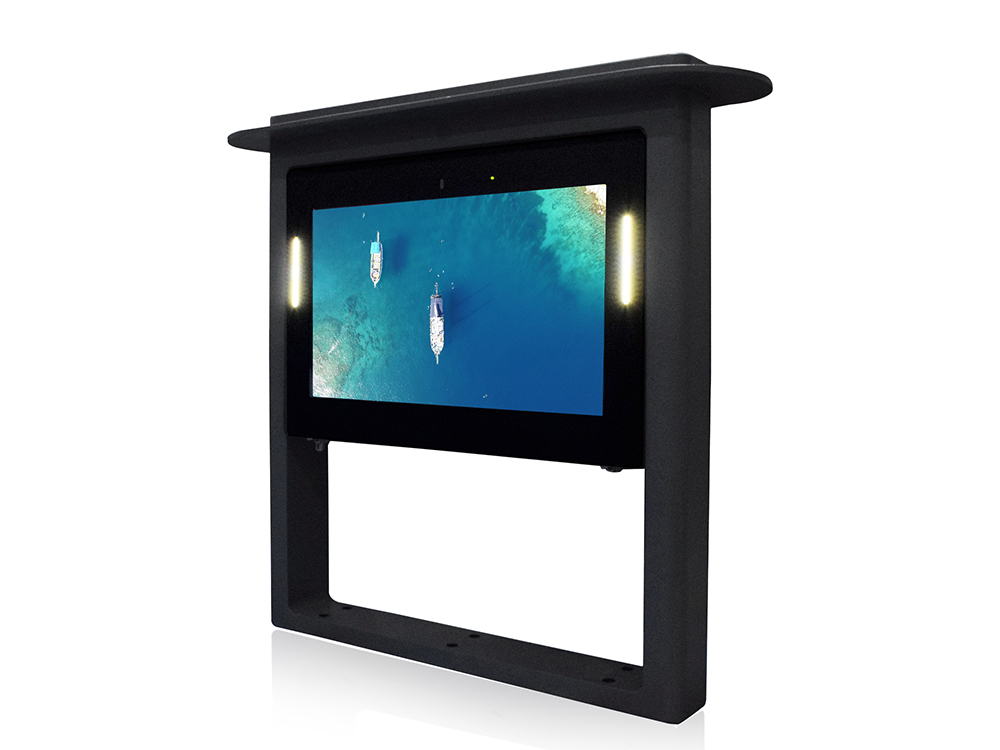
The Science Behind Effective Digital Signage Placement.In the digital era, digital signage has emerged as a powerful tool for information dissemination, finding its place in various sectors such as retail, transportation, education, and healthcare. The effective placement of digital signage not only captures the attention of the target audience but also enhances brand image and drives sales. However, determining the optimal placement of digital signage to maximize its impact is a complex endeavor. This article delves into the scientific principles underlying digital signage placement, guiding readers on how to apply these principles for more efficient communication.

Understanding Digital Signage
Digital signage utilizes digital display technology to present dynamic or static information to a specific audience at a particular time and place. Compared to traditional static billboards, digital signage offers advantages such as rapid content updates, interactivity, and precise targeting. In commercial settings, digital signage can display product information, promotional activities, customer navigation, entertainment content, and more, significantly enhancing the shopping experience.
The Science of Digital Signage Placement
1. Principles of Visual Attention
Human visual attention is a limited resource, with individuals typically only noticing a fraction of the information within their field of view. Consequently, the placement of digital signage is critical. Studies have shown that people are more likely to notice objects that are centrally located, at eye level, and feature bright colors. Therefore, digital signage should be positioned where it naturally catches people's eye, avoiding obstructions. Additionally, using contrasting colors and dynamic effects can effectively attract attention.
2. Audience Behavior Patterns
The target audience for digital signage exhibits specific behavior patterns, including walking speed, dwell time, and more. Understanding these patterns is crucial for optimizing signage placement and content design. For instance, in busy subway stations where people move quickly, digital signage should be placed where it's easily visible and convey information succinctly. In contrast, in shopping malls where people tend to linger, signage can feature more detailed information and interactive content.
3. Environmental Factors
The effectiveness of digital signage placement is also influenced by environmental factors such as lighting conditions and noise levels. In brightly lit environments, digital signage should employ high-brightness displays to ensure content visibility. In noisy settings, incorporating sound elements or dynamic visuals can help attract attention. Furthermore, signage design should harmonize with the surrounding environment to avoid visual clutter.
Practical Strategies for Digital Signage Placement
1. Precisely Target the Audience
Before placing digital signage, it's essential to identify the target audience, their behavior patterns, and preferences. Market research and data analysis can provide insights into the target audience's travel routes, dwell times, and more, guiding the optimal placement of digital signage. For example, in a mall, signage targeting young consumers should be located near fashion brands or rest areas.
2. Optimize Content Design
Digital signage content should be clear, concise, and easily understandable. Using short, impactful text, vivid images, and dynamic effects can enhance content appeal. Moreover, content should align with the audience's needs and interests to stimulate engagement and purchase intent. For instance, in restaurants, signage can showcase specialty dishes and promotions to attract customers.
3. Regular Evaluation and Adjustment
The effectiveness of digital signage placement isn't static and requires regular evaluation and adjustment. Collecting audience feedback, analyzing performance metrics, and other methods can provide insights into signage effectiveness, allowing for timely adjustments. If a particular signage location receives low attention, changing the content or relocating the signage may improve its impact.
Future Trends in Digital Signage Placement
As technology continues to evolve, digital signage placement will become more intelligent and personalized. For example, through facial recognition technology and big data analysis, digital signage can identify individual audience members and display personalized content. Additionally, with the proliferation of IoT technology, digital signage can integrate with other smart devices, offering more interactive experiences.
Case Studies: Successful Digital Signage Placements
Example 1: Retail Stores
In a retail environment, effective digital signage placement can significantly impact sales. A study conducted in a shopping mall revealed that digital signage placed at entrances and near escalators received the highest visibility. By displaying promotional offers and new arrivals, the signage successfully attracted shoppers' attention and influenced their purchasing decisions.
Example 2: Public Transportation
In public transportation hubs, digital signage provides critical information to commuters. Placing signage at platform entrances and near ticket machines ensures that commuters receive timely updates about train schedules and delays. The use of real-time data and dynamic content keeps the information relevant and engaging.
Example 3: Healthcare Facilities
In healthcare settings, digital signage can improve patient experience by providing navigation assistance and educational content. Signs placed at hospital entrances and in waiting areas help patients find their way and learn about health topics. The interactive nature of digital signage allows patients to access information at their own pace.
Digital signage has become an indispensable tool in modern communication strategies, offering versatility and effectiveness in various environments. The science behind its placement involves understanding visual attention principles, audience behavior, and environmental factors. By applying practical strategies such as precise audience targeting, content optimization, and regular evaluation, businesses can harness the full potential of digital signage. As technology advances, the future of digital signage placement holds even more promise, with intelligent and personalized experiences on the horizon. By staying informed and adaptive, businesses can leverage digital signage to enhance their brand image, engage their audience, and drive growth.
Current article link: https://www.lcdkiosk.com/news/422.html

Tel
